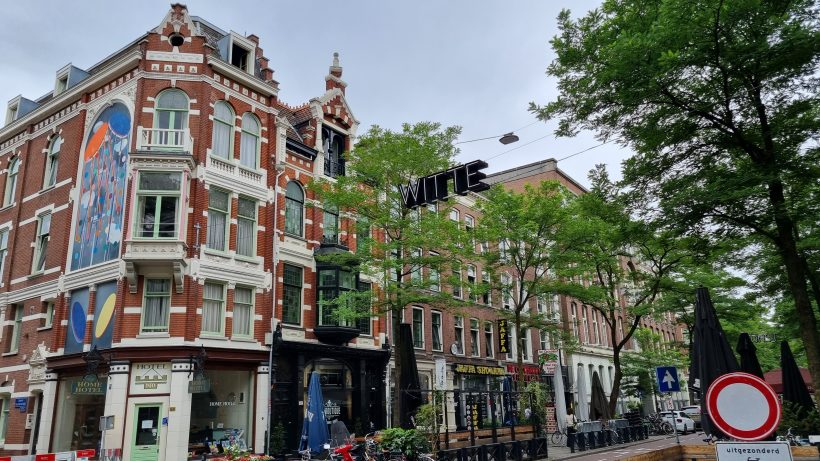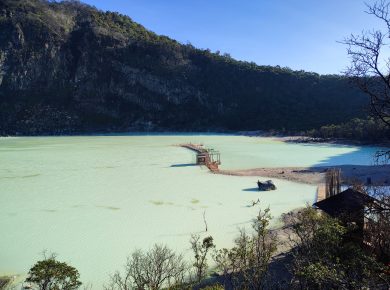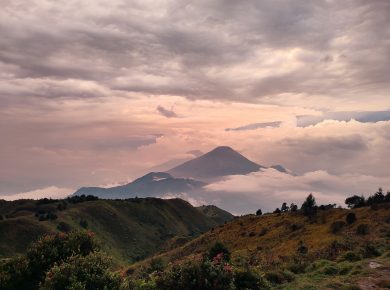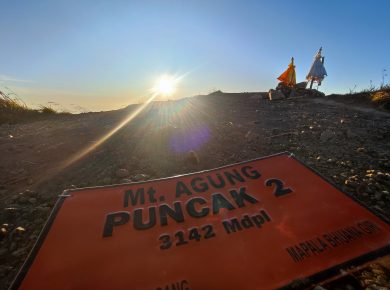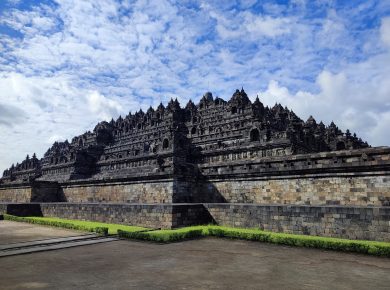Rotterdam is unlike any other Dutch city. It was almost completely destroyed during World War II and then rebuilt, setting the tone for bold and progressive change. Called the city of the future, innovation, and art, Rotterdam is a mecca for lovers of architecture and urbanism. And today, I’m going to walk you through this wonderful city, telling my personal story of traveling there.
Contents
Transportation
You can travel from one Dutch city to another by train. On the NS transportation company’s website, you can plot your route so you know exactly what time and where the train leaves from, as well as how much the ticket costs. The country is quite small, so it doesn’t take long to get there.
This is how we got from Amsterdam to Rotterdam, and it took us about 40 minutes.


In Rotterdam itself, public transportation is excellent, with subways, streetcars, and buses. But we all walked, except for one trip by water taxi to the other side of the city. By the way, unlike Amsterdam, there are no canals here, but there is the Maas River, which is very much loved by the locals. That’s where you can take a water taxi to different parts of the city. So this is a very cool alternative to public transportation—I recommend it.

Accommodation
Choose accommodation north of the New Maas River and in the city center— focus on the Rotterdam Centraal, Beurs, and Blaak metro stations. Then both the transportation network and all the infrastructure and attractions will be within easy reach.
We stayed in a separate apartment at the Rotterdam Teleport Hotel, and we loved it. We paid 120 euros for one night’s stay for two people.
Cultural program
After checking into the hotel we went straight to the museum quarter: there is the Institute of Architecture (Museumpark, 25) with interesting exhibitions and lectures, the Chabot Museum (Museumpark, 11), the Kunsthal Museum of Art (Westzeedijk, 341) with innovative exhibitions, and the Natural History Museum (Westzeedijk, 345).
But of particular note is the stunning Museum Boijmans Van Beuningen (Museumpark, 18), which is where we went. There you can see works by Rembrandt, Monet, Van Gogh, Dali, Mondrian, Kandinsky, Magritte, Bosch, and Bruegel. And the museum itself is a true work of art. Take a look at these photos!



Another architectural marvel of Rotterdam is the Markthal market. The building was built in 2014 by the world-renowned architectural firm MVRDV and includes not only the market but also cafés, restaurants, a residential complex, and a parking lot. The very shape of the house (sharpener) will surely be remembered for a long time. You can gaze at the colored ceiling both inside and outside the building, strolling among the abundance of cheeses, spices, desserts, aromatic dishes, fruits, vegetables, and plants from all over the world. Gouda and Edam, Dutch waffles with caramel (stroopwafels), herring with onions—these are all typical must-tries in the Netherlands, and you can easily find them all at the local market.


One couldn’t miss seeing those very Piet Blom-designed Cube Houses. Each cube is divided into three floors, and the walls are tilted at a 45-degree angle. Almost all of them are residential, but one cube is open to tourists daily from 11 a.m. to 5 p.m. The ticket costs 3 euros. I do not know how to live here, as the entrance immediately makes me feel dizzy, but it is worth a look!



We also took a look at the inner courtyard of the City Hall. We also looked at the medieval church of St. Lawrence, the only surviving building that was not destroyed during the war. However, the locals are not religious, so there are often parties inside the church now.


An unusual symbol of Rotterdam is this Santa Claus (well known as the Buttplug Gnome) in Eendrachtsplein Square:) The locals used to resent the presence of this sculpture in the city, but now they love it and even print it on postcards.

After crossing the bridge to the northern part of Rotterdam, we walked towards the Veerhaven harbor, a historic maritime quarter that is incredibly cozy, with many ships that can be viewed endlessly. This part of the city is one of the few preserved after World War II, so there are neo-Renaissance and Art Deco buildings that are rare in Rotterdam.


By the way, if you are interested in ships and their history, you should visit the Maritiem Museum (Leuvehaven, 1). There, you can easily spend hours walking between ships and looking at their details and gear.
Getting across by water taxi to the other side of the river, we saw the architectural highlights of the city — De Rotterdam (Wilhelminakade) and Erasmus Bridge (Erasmusbrug). De Rotterdam is a project of the architectural firm OMA and Rem Koolhaas, winner of the Pritzker Prize (the equivalent of the Nobel Prize in architecture). Built-in 2013, this 44-story building quickly became one of the symbols of the city and is now featured on many postcards. A step away from it begins the Erasmus Bridge, the second-largest bridge in the Netherlands, with an amazing swan-like design. It’s a strategic point for typical Rotterdam selfies, and it also offers a gorgeous view of the city.


Food and drinks
The main food place, as I mentioned, is Markthal Market—you can find absolutely everything here.

The best apple pie in the town we tried in the Dudok café.
We went to De IJssalon for some delicious ice cream, and it really lived up to our expectations!

We wrapped up our evening with dinner at Fenix Food Factory on the other side of the river (Veerlaan, 19D). This is one of those gems of the city that tourists rarely visit, but locals love it. It’s basically a mini-marketplace with fresh cheeses, oriental cuisine, a bakery, a coffee shop, a bar with craft beer and jazz on Fridays and Sundays, and a bookstore. Prices are low, and the food quality is top-notch. The cheese plate, pizza, and beer were incredibly good!

I hope this guide has been helpful to you. Share your favorite places in Rotterdam in the comments.
Also, read our guide on what to do in Amsterdam for 3 days.
